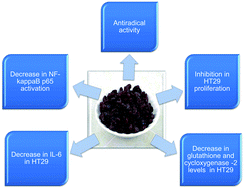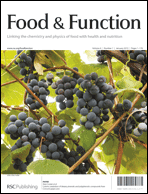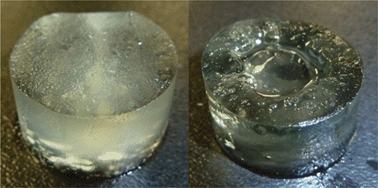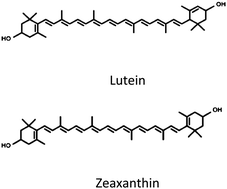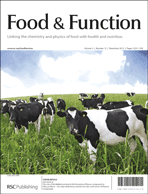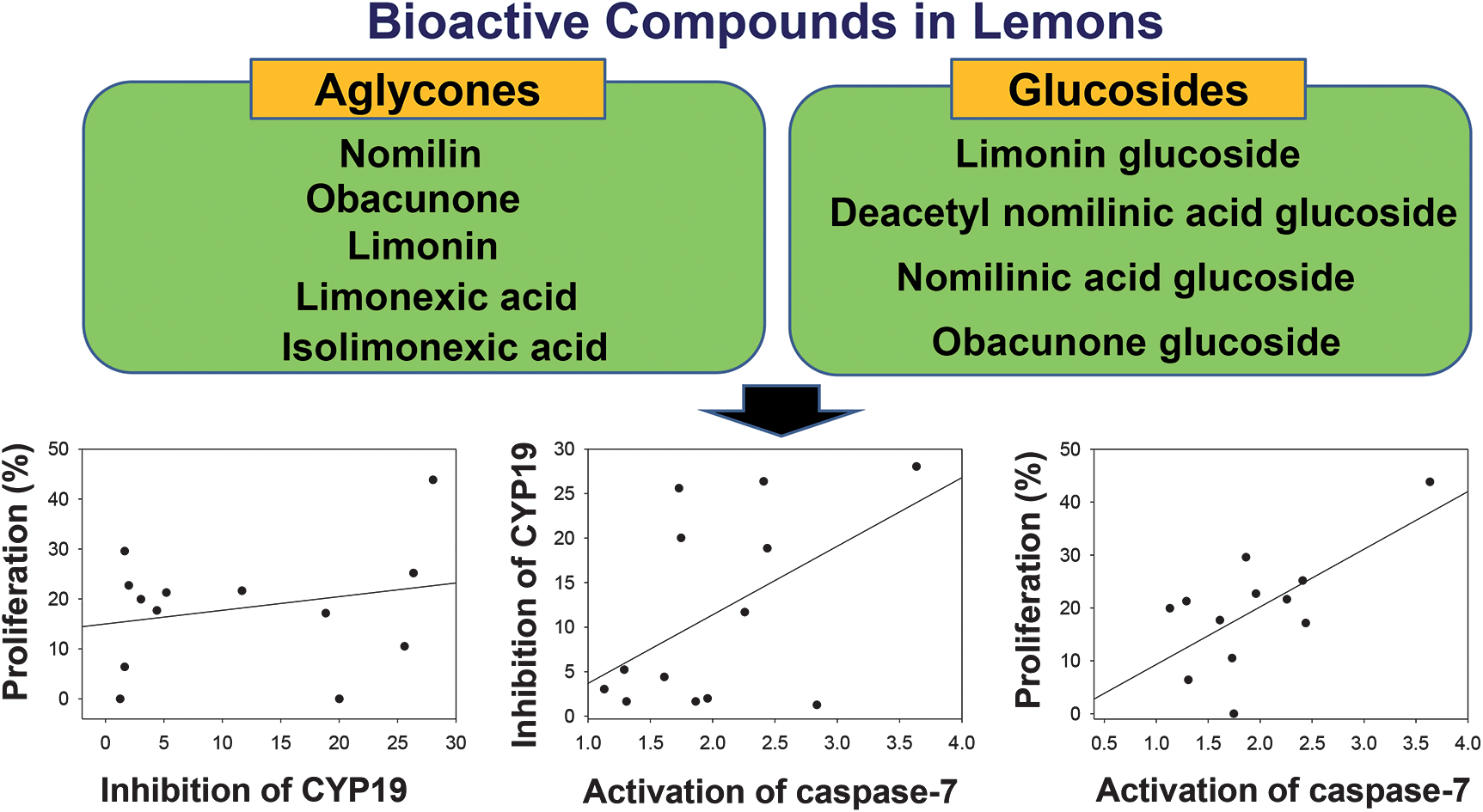
The symposium on Phytochemicals (phytonutrients) in Redox Signalingtook place during the XIII Biennial Meeting of the Society for Free Radical Research International in London in September. The activity was chaired by myself and Prof. Helmut Sies.
Given the evidence that environmental factors, including diet can be maneuvered to control the increasing prevalence of both genetic and metabolic diseases, there is an urgent need to identify nutritional factors that can help to extend health. Although a number of studies have investigated the beneficial effects of phytochemicals it is crucial to identify the molecules and the mechanisms that can mediate such benefits. In this direction very interesting evidence has in the last years demonstrated the participation of phytochemicals in different redox signaling pathways. That participation is related to the balance oxidant/antioxidants, but not always a consequence of that balance. In this symposium were identified and discussed the effects of select phytochemicals on signaling pathways targeting cardiovascular, neurological, digestive and cancer consequences.
The speakers and the themes presented were: Prof. Young-Joon Surh, Seoul National University, Seoul, South Korea, who presented “Redox modulation of pro-inflammatory and anti-inflammatory signaling by chemopreventive phytochemicals”; Prof. Patricia Oteiza, University of California, Davis, USA, presented “Flavonoids target signaling pathways underlying metabolic syndrome-associated insulin resistance”; Prof. Francisco Villarreal, University of California, San Diego, USA, presented ‘Nitric oxide regulation by polyphenols: from calcium homeostasis to diabetes and heart failur’; and finally Prof. Jeremy Spencer, University of Reading, Reading, UK, who presented “The impact of flavonoids on memory and neurocognitive performance: Efficacy and potential mechanisms of action”.
The attendance which exceeded the capacity of the room, contributed to make a lively session by maintaining a well addressed and active discussion.
Food & Function were also delighted to sponsor a poster prize at the event which was awarded to Marco Maina from the University of Turin, Italy, for his poster ‘Polyphenols from Sardinian red wine can modulate NOX1-dependent reactive oxygen species production in human enterocyte-like cells treated with a dietary mixture of oxysterols‘. Congratulations to Marco on receiving this prize.
Comments Off on XIII Biennial Meeting of the Society for Free Radical Research International
